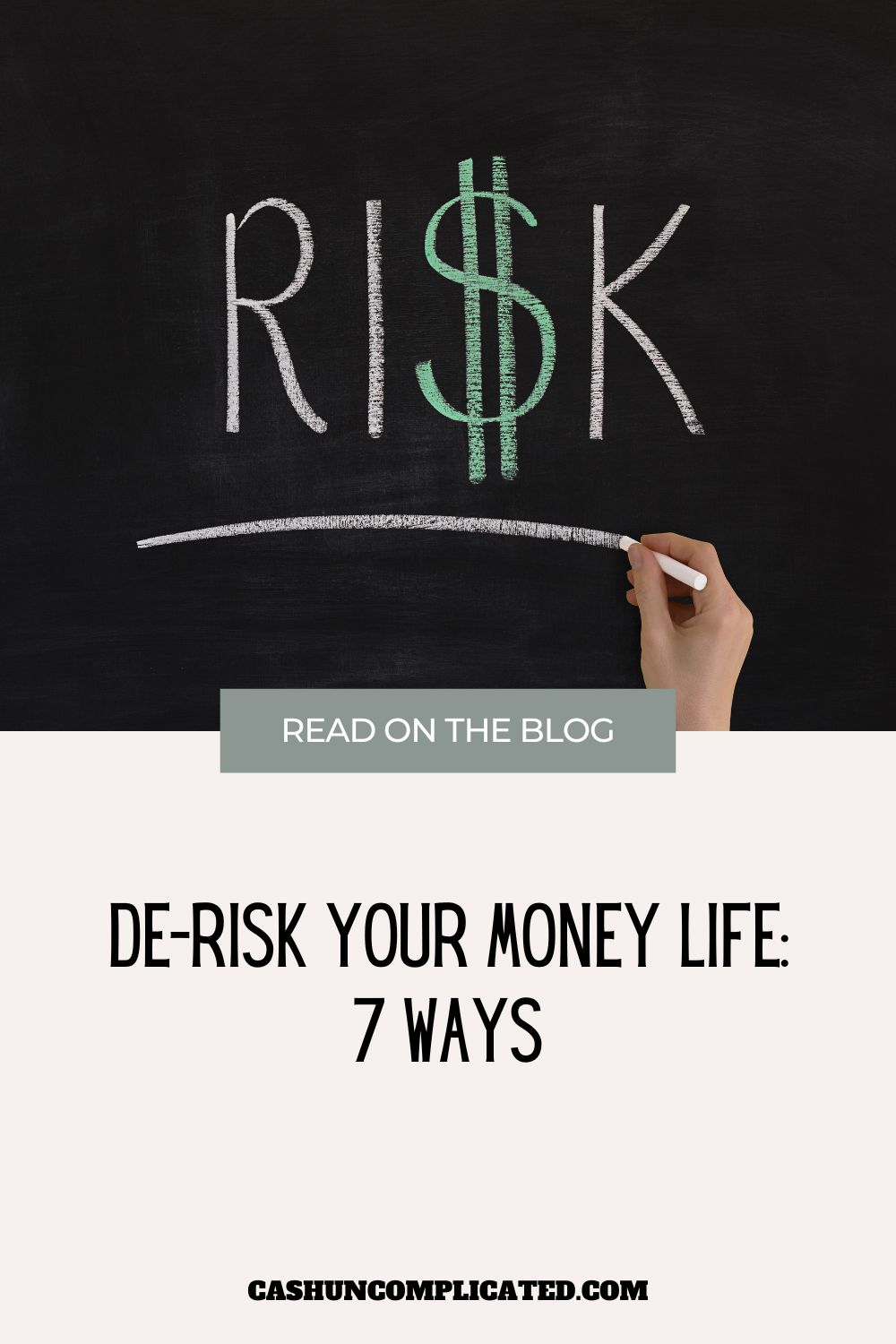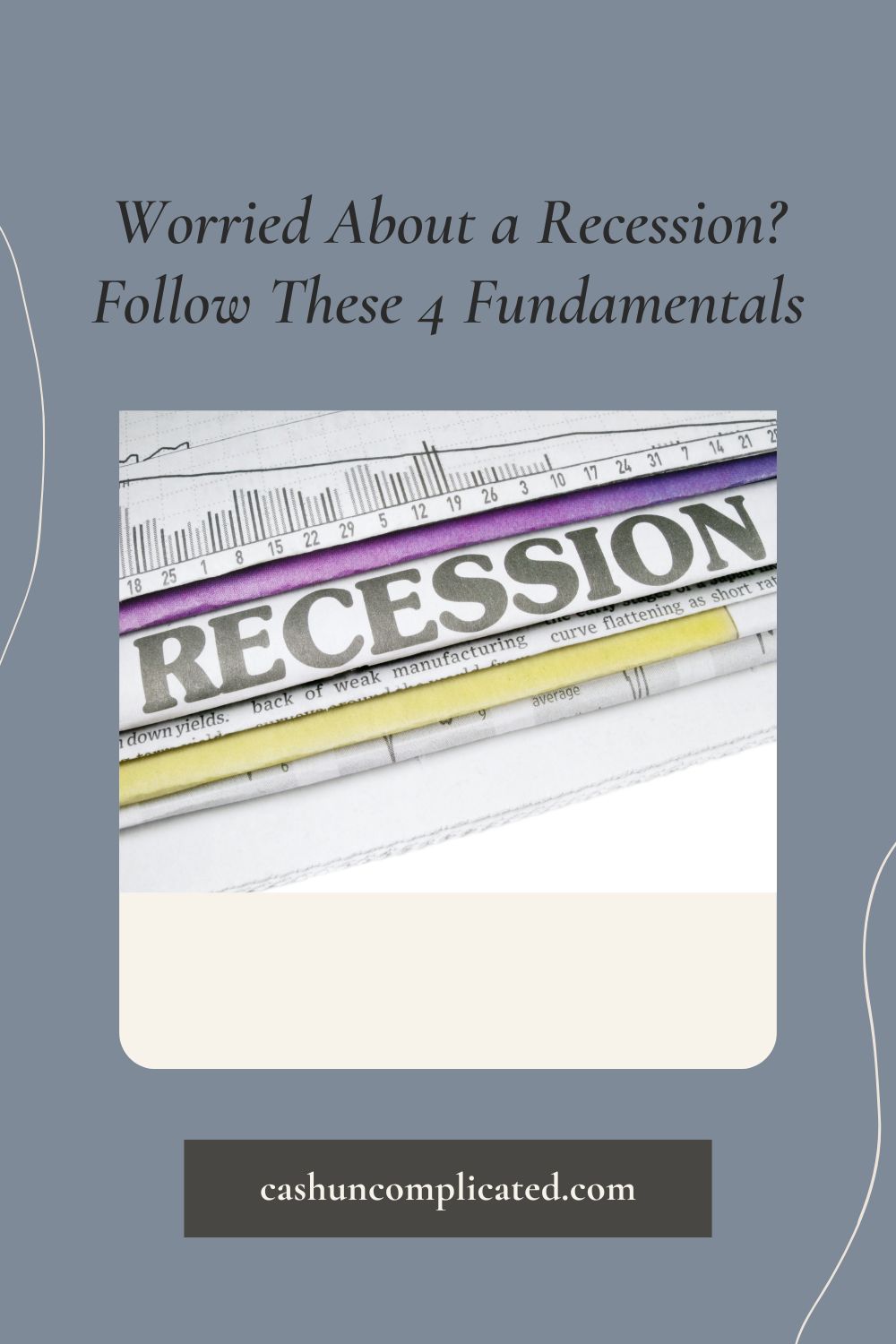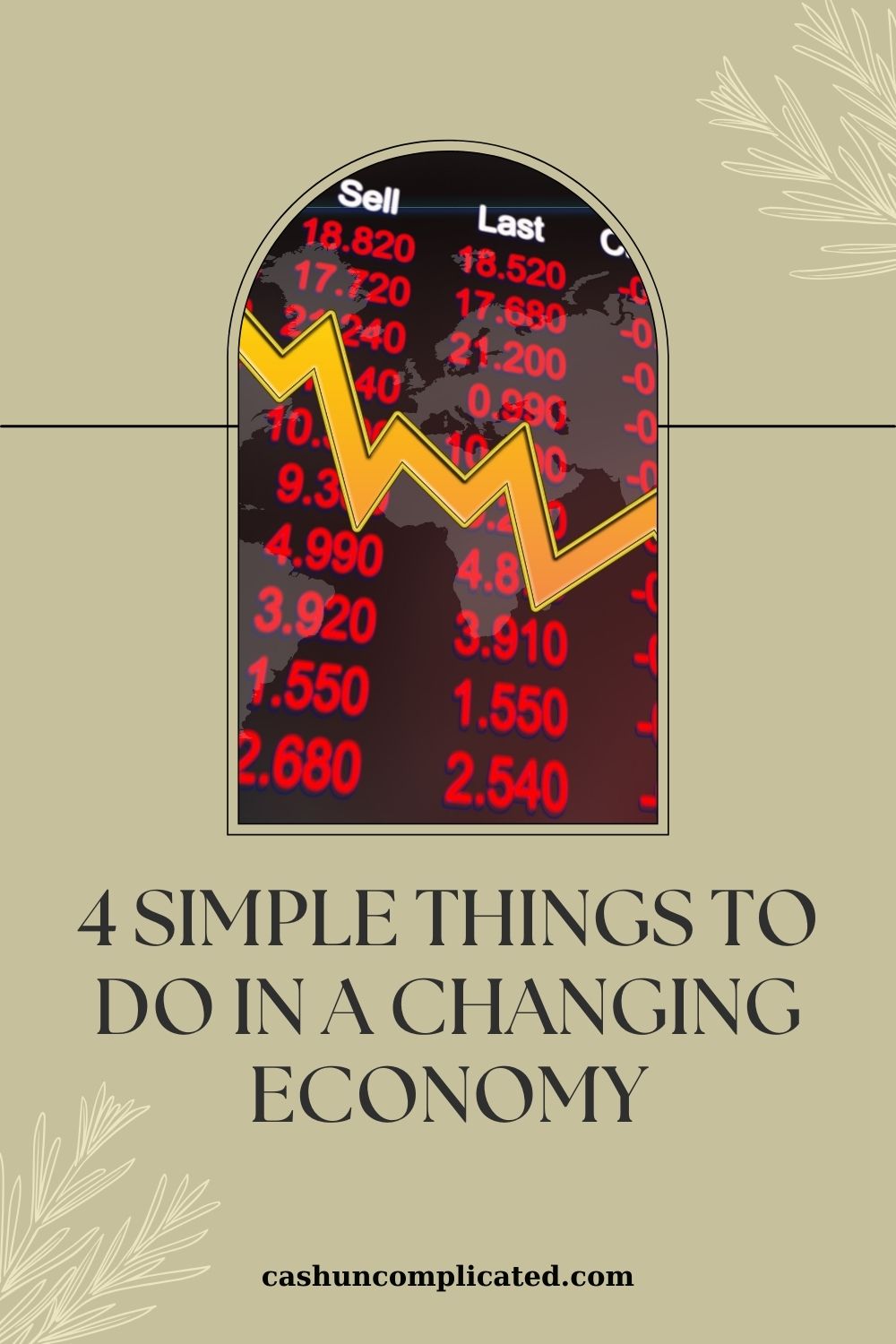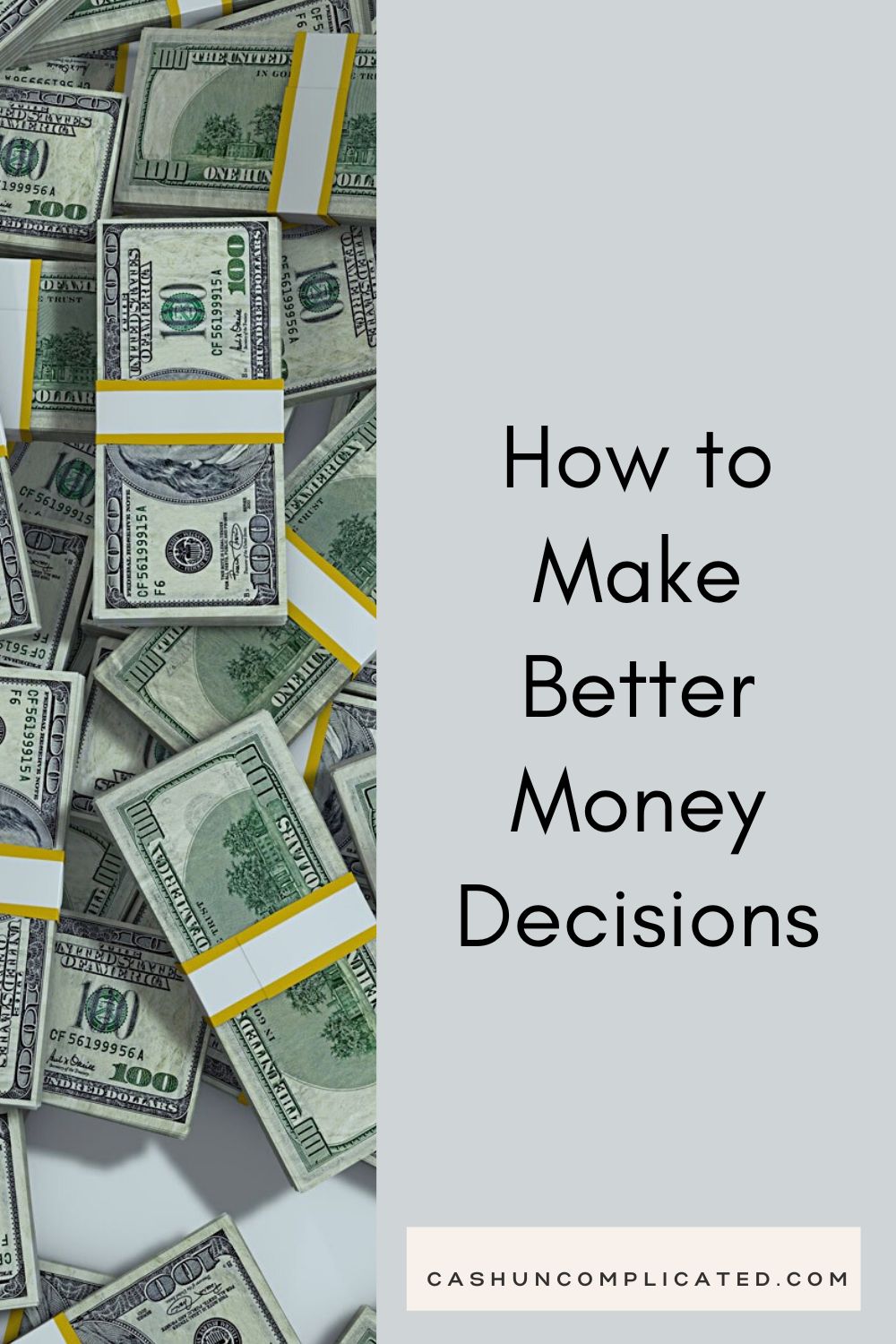Leveraging debt is a term thrown around often, especially when it comes to real estate investing. But what exactly does it mean to leverage debt and how can it help build your wealth faster? And why do so many people advocate leveraging debt while others warn us not to?
Leveraging debt is basically borrowing money from the bank or another lender to purchase an asset that will make you money. In my book, I refer to it as “partnering” with the lender. The lender loans you the majority of the money while you are in charge of the asset, whether it be real estate, a business, or something else that makes money. The partnership is supposed to create a win-win situation where the bank makes money from the loan and you make money by controlling the asset.
Before moving forward, it’s important to clarify what leveraging debt is not. Leveraging debt is not carrying a credit card to purchase consumer goods or taking out a car loan. That’s just getting into debt.
Now that we’ve gotten that out of the way, back to leveraging debt. If used correctly, leveraging debt is a very powerful wealth building tool. Like most things in life, it also comes with risk. Leveraging debt has helped make many people very wealthy, but has also hurt many people. In the following paragraphs, I’ll show some examples of leverage and address the risk/reward factors.
Examples
Tiffany has $31,000 in her savings account allocated for investments. She wants to get into real estate investing but there are very few houses selling for $31,000 or less. The ones that are—Tiffany really doesn’t want. She’s not out of the game though because she can use leverage.
Through several months of research, Tiffany has identified that she wants to purchase in the price range of $90,000-$105,000. The properties in this range are in neighborhoods she’s familiar and comfortable with. With leverage, Tiffany does not have to pay cash for a property in this price range. She can put down 20 percent of the cost and partner with the lender to pay the rest.
To use even numbers, if Tiffany gets a house under contract for $100,000, she’s responsible for the down payment (let’s use $20,000 in this case), and closing costs. Out the door, she only needs to pay $20,000 plus closing costs. For purposes of this blog, we can estimate closing costs and miscellaneous costs to equal $5,000 for a total of $25,000.
Tiffany now controls an asset worth $100,000 but she only had to pay $25,000. Any appreciation that occurs on this property is Tiffany’s to keep. The beauty of leverage is that the appreciation is not just on the down payment, it’s on the entire asset.
If the property doubles in value in the next 15 years, Tiffany has that equity plus any debt paydown that has occurred. It would look very similar to this:
- Original price of house: $100,000
- Asset value today: $200,000
- Current loan amount: $80,000 minus loan paydown (approximately $30,000) equals $50,000
- Total equity in property: $200,000 minus $50,000 loan equals $150,000
By using leverage, Tiffany now has $150,000 in equity that she otherwise wouldn’t have had an opportunity to acquire. Without leverage, Tiffany couldn’t have afforded a $100,000 property back when she bought 15 years ago. Leverage has allowed her to build wealth much faster than if she had tried to save the whole cost of the property on her own, or bought a less expensive property.
To show the true power of leverage, imagine that this same investor purchased 10 rental properties in one year, giving her a total of 10 properties. To keep the numbers simple, we’ll continue to use a $100,000 purchase cost with a $20,000 down payment plus $5,000 in closing costs and miscellaneous items. Just like the first property, the total upfront cost is $25,000.
If we continue to use the exact same numbers as the first property, each property will have doubled 15 years from the purchase date. That would give Tiffany a total of 10 properties worth $200,00 after 15 years. After factoring in debt paydown, each property would have approximately $150,000 in equity. Multiply that by 10 and you’ve got $1,500,000 in total equity.
With an initial investment of $250,000, Tiffany now has a whopping six times that amount in equity. Without using leverage, Tiffany would have only been able to purchase two properties in cash, which would have significantly reduced her current returns.
In this example, we kept the numbers simple and consistent to provide a clear example of the power of leverage. But leverage can look much different—it doesn’t all have to be purchased in one year. It doesn’t even have to be the same asset class. An investor can purchase one property the first year, three the next year, a business the next year, and four properties the year after that. Or one per year, two per year, a business one year, or any other combination that works.
Risks
We’ve already written about the benefits and rewards of leverage. What about the risks though? Is using leverage a fool-proof strategy where nothing can go wrong? Like pretty much everything in life, using leverage is not a too good to be true strategy where nothing can go wrong. There are risks in using leverage.
Before even getting into the risks of leverage, it should be stated that anyone deciding to use leverage should have a crystal clear understanding of what they are doing. Leverage isn’t something the average person should just dive head first into.
One of the biggest risks in using leverage is over-leverage. Just like with so many other things in life, too much of a good thing can become a bad thing. A great steak dinner on a Saturday night is a wonderful thing. Eating two steak dinners in one sitting will probably make you sick.
Over-leverage has gotten a lot of people into trouble. The Great Recession is a good example of that. Many people during that time carried too much debt and were way over-leveraged. As soon as the asset dropped in value, it no longer made sense to keep it. Leverage carries several risks, three of which will be addressed below.
Risk: Margins Are Too Thin
Using leverage usually entails a higher amount borrowed. Using real estate again as an example, Thomas decides to purchase a triplex for $650,000. He puts down 20 percent, which is $130,000. His monthly payments look like this:
- Principal and interest: $2,483 at 4 percent interest for 30 years
- Property tax: $542
- Insurance: $150
- Repairs allowance: $400
- Vacancy allowance: $250
- CapEx allowance: $400
- Property management: $500
- Total monthly costs: $4,725
- Rental income: $5,000
- Monthly cash flow: $275
Thomas is using leverage as he only has 20 percent invested in the property. Even with leverage, he still has a monthly cash flow of $275 after paying all expenses. It wouldn’t be an unfair statement to say Thomas is appropriately leveraged here.
But what if Thomas were able to find a lender who would be willing to lend him 90% of the purchase price (rare but not unheard of)? His new principal and interest payment would be $2,793—moving his total monthly costs up to $5,035. Using the same numbers as above, that would put Thomas at a $35 loss per month.
Many investors would jump at the chance to put only 10 percent down and take a $35 monthly loss. However, his income doesn’t cover his costs so many would argue that he’s over-leveraged. A few unexpected costs in the upcoming months could put Thomas in a very bad position. Especially if he doesn’t have an appropriate amount of reserves, which is the next section.
Risk: Lack of Reserves
For someone using leverage, it’s in their best interest to hold reserves. Actually, reserves should be held leverage or not, but that’s a different topic. Continuing to use Thomas’ property as an example, he needs to have enough reserves to protect himself from unexpected costs or he won’t be able to pay his monthly expenses.
Especially when he is leveraged to the point where he is losing money every month. A few bad months could put him in a position where he needs to sell the property quickly or miss payments and risk losing the property.
Risk: Mistake Speculation for Investing
Using leverage can be a very effective tool in building up investments quicker. It’s important to understand the difference between investing and speculation though. People oftentimes mistake speculation for investing and over-leverage on high-risk opportunities.
A classic example of this was just prior to the Great Recession. Many real estate investors abandoned their criteria for rental properties and purchased multiple properties in a short time period, expecting quick appreciation. When the exact opposite happened, people had to foreclose because the fundamentals were lacking. Investors got stuck holding a property that had decreased in value and was not getting enough rent to support monthly payments and other costs.
It can be easy to slip from investing to speculating. Some signs that you may be speculating:
- You’re expecting to make an abnormally large return in a short amount of time
- The opportunity violates one or more of your principles of investing
- It’s a “secret” or “exclusive” deal
- History of wild fluctuations with the opportunity
- You abandon some, or all, of your investment criteria
- Promises of get rich quick
- Something doesn’t feel right
If there’s one or more of these signs, there’s a good chance you’re moving towards speculation. Investing is stable and can actually be a little boring. Speculation is exciting and always changing. Be aware of the signs and try your best to objectively assess what you are doing.
Emotional Toll of Debt
The last part of this blog has nothing to do with numbers or the technical aspects of leverage. But it’s just as significant. It’s the emotional toll debt can take on someone. Leverage requires debt, and many people do not like any kind of debt. Using leverage would violate their own personal beliefs and that is not going to feel right.
It’s important to remember that investing and handling your personal finances is about making your life easier and less stressful. If certain investment strategies such as using leverage causes you stress, it’s not a strategy for you. There are many ways to achieve wealth and financial freedom, you don’t have to use a strategy that is going to cause you massive stress.
If taking out debt and using leverage is going to keep you up at night worrying, there are plenty of other strategies out there for you. Many people have gained financial freedom through debt paydown and growing their investments slowly. Leverage is simply a tool to grow faster, but it’s not a tool you have to use.
Closing
Using leverage gives investors the ability to grow faster and more efficiently. Used appropriately, leverage is a very powerful tool. But it’s a double edged sword. Leverage is debt, and too much debt without the proper systems and reserves in place can be very dangerous. If you’re going to use leverage, make sure that you understand it and have systems in place to cover the unexpected.









This Post Has 3 Comments
I do not use leverage. Like you said, any kind of debt gives me stress at night, so I would not feel comfortable. I would rather build up equity and wealth slowly over time in a index fund, roth account, or savings fund. Great article!
Great! Glad you identified some of your financial stressors and avoid them. Thank you for the comment!
Pingback: Top 12 Money Myths You Should Ignore – Cash Uncomplicated
Comments are closed.